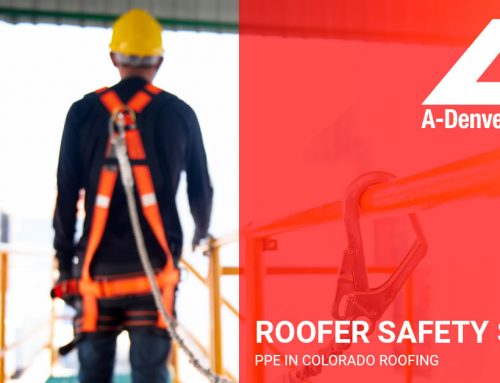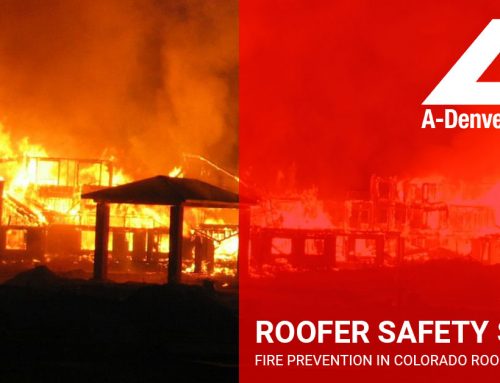What Are Construction Health Hazards?
Health hazards are anything at your jobsite that may cause measurable changes in the body ranging from carpel tunnel syndrome to decreased pulmonary function, disease or even death. We will now discuss the types of health hazards in construction that employers and employees might encounter on the jobsite as well as avoidance of and protection from these types of hazards.
Air Contaminants
- Air contaminants are commonly classified as either particulate or gas and vapor
- The most common particulate contaminants include dust and fumes
- Mist in finely divided liquid suspended in the atmosphere
- Mists are caused by liquids condensing from a vapor back to liquid or by breaking up liquid into a dispersed state by splashing, foaming or atomizing
- Aerosols are a form of mist
- Fibers are solid particles whose length is several times greater than their diameter
Gas and Vapor
- Gases are formless fluids that expand to occupy the space or enclosure in which they are confined. Examples include:
- Welding gases
- Carbon
- Hydrogen sulfide
- Vapors are caused when liquid mixes with the surrounding atmosphere through evaporation and can be found where parts cleaning and painting takes pace and where solvents are used. Vapors are the gaseous form of substances that are normally in a solid or liquid state at room temperature and pressure.
Chemical Hazards
There are several harmful chemical compounds in the for of solids, liquids, gases mists, dusts, fumes and vapors that exert toxic effects. These effects can be obtained through inhalation (breathing), absorption (through direct contact with the skin) or ingestion (eating or drinking). Airborne chemical hazards exist as concentrations of mists, vapors, gases, fumes or solids. Some are toxic through inhalation and some of them irritate the skin on contact but they can also be toxic by absorption through the skin or through ingestion or by being corrosive to living tissue.
The degree of worker risk from the exposure to any given substance depends on the nature and potency of toxic effects and the magnitude and duration of exposure. Safety Data Sheets communicate information on the risk to workers from chemical hazards. They are supplied by the manufacturer or importer to the purchaser of hazardous materials. They also summarize important information on the chemical or the mixtures ingredients.
Biological Hazards
Biological hazards are among the hazards that are not entirely noticeable, biological dangers can cause illness and possibly injury to the work exposed. Biological hazards include bacteria, viruses, fungi and other living organisms that can cause acute and chronic infections by entering the body either directly or through breaks in the skin. Occupations that deal with plants or animals or their products or with food and food processing may expose workers to biological hazards. Laboratory and medical personnel can also be exposed to biological hazards any occupations that result in contact with bodily fluids poses a risk to workers from biological hazards. If there is a potential exposure to biological hazards under any circumstances, workers should practice proper personal hygiene, particularly hand washing.
Physical Hazards
There are many physical hazards that can be found in the construction site. Fall protection covered many of the most common construction site physical safety hazards. In this next section, we will look at a few of the less obvious forms of physical work hazards, as well as the control measure used in minimizing or preventing them.
Noise
Noise is another significant physical hazard and can be controlled by various measures. OSHA requires that workers in noisy surroundings be periodically tested as a precaution against hearing loss. Noise can be reduced by the following methods of control.
- Installing equipment and systems that operate quietly
- Enclosing or shielding noisy equipment
- Ensuring equipment is in good repair and properly maintained
- Mounting noisy equipment on special mounts to reduce vibration
- Installing silencers, mufflers or baffles
- Substituting quiet work methods for noisy ones
- Treating floors, ceilings and walls with ecoustical material
- Erecting sound barriers at adjacent work stations around noisy operations
- Increasing the distance between the source and the receiver
- Isolating workers in acoustical booths
- Limiting exposure time to noise
- Providing hearing protection
Temperature
Another physical hazard radiant heat exposure in factories like steel mills, can be controlled by installing reflective shields and by providing protective clothing.
Ergonomic Hazards
- Ergonomics studies is the science of lifting, holding, pushing, walking and reaching
- Technological changes such as increased repetition can cause ergonomic hazards, including vibration, noise, eye strain, repetitive motion, heavy lifting problems
- Improperly designed tools ro work areas can also be ergonomic hazards
- Jobs involving repetitive motions or repeated shocks over prolonged periods of time such as sorting, assembling and data entry, can often cause a condition known as carpal tunnel syndrome
- Ergonomic hazard evaluation requires total assessment of demands of the job
Effective design of a job or jobsite and better designed tools or equipment that meet workers needs in terms of physical environment and job tasks. Thorough worksite analyses allow employers to correct or control ergonomic hazards using the following appropriate tools:
- Engineering controls
- Teaching correct work practices
- Administrative controls
- Providing and mandating PPE
Specific Roofing Construction Hazards
Some of the specific hazards that can be present on construction sites include: asbestos, lead, silica dust, wood preservative chemicals and heat. It is important to note that these hazards not only have the potential to cause illness in workers, they can have a take home effect. Which means they can cause illness in family members and friends who come into contact with workers, clothing and equipment that have been exposed.
Asbestos
Asbestos is the term to classify six, naturally occurring, silicate minerals. Asbestos, formerly incorporated into building materials because of its strength and heat resistance, is now referred to as Asbestos Containing Construction Materials. Today the use of asbestos is strictly regulated since the inhalation of asbestos fibers can cause serious illness.
Asbestos may be encountered on construction sites in certain locations and during specific tasks, including:
- Excavations where asbestos bearing rock are present
- Fireproofing for steel fram high rise buildings
- Pipe and boiler insulation
- Insulators of electrical conductors, plaster cement, drywall and taping compounds
- Floor tile and tile adhesives
- Acoustical ceilings made of tile or sprayed on Asbestos cement piping, shingles and panels
- Roofing felt and sealing compounds
Construction projects involving asbestos must follow strict regulations, including:
- Registration and district notification required if disturbing 100 square feet or more of manufactured construction materials containing more than 1/10 of 1% of ACCM
- Carcinogen notification required if exposures are beyond limits (unless employers are DOSH registered)
- Asbestos consultant or technician working with 100 square feet or more of ACCM must obtain DOSH certification
- Employers must provide worker training
- Employers must provide respirators for and monitor workers
The following must be followed when working with or removing ACCM:
- The wet method
- Vacuum cleaners with HEPA filters
- Prompt cleanup and disposal
These work practices are prohibited:
- Spraying of any substance containing any amount of asbestos
- Disc saw cutting of ACCM without exhaust or ventilation
- Using compressed air to remove asbestos or ACCM
- Dry sweeping, shoveling, or other dry cleaning of ACCM dust, debris
- Rotating employee duties as a means of reducing exposure






